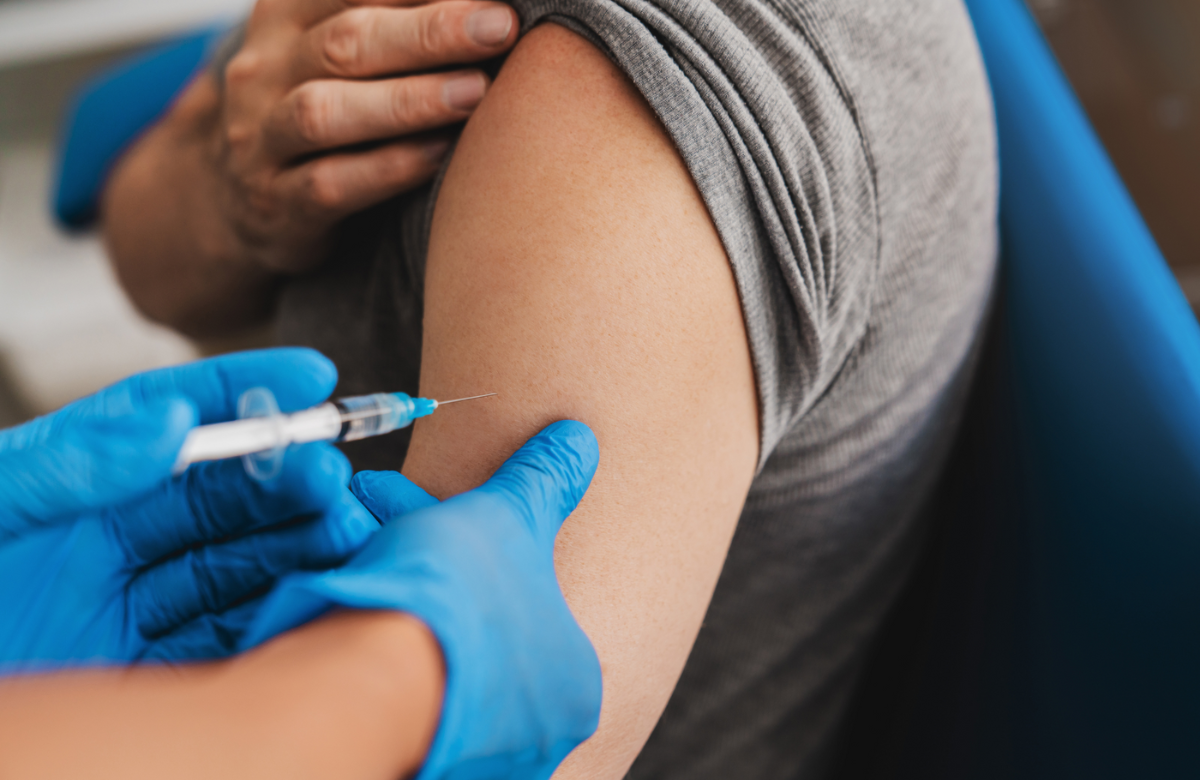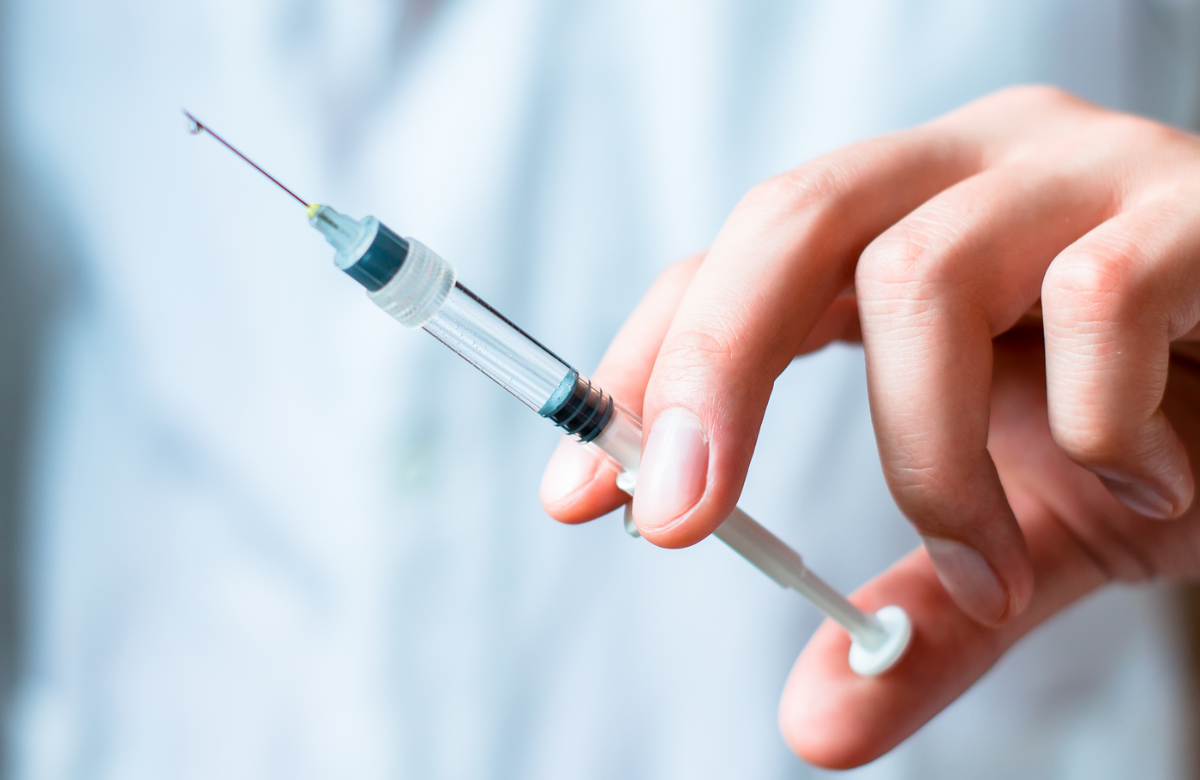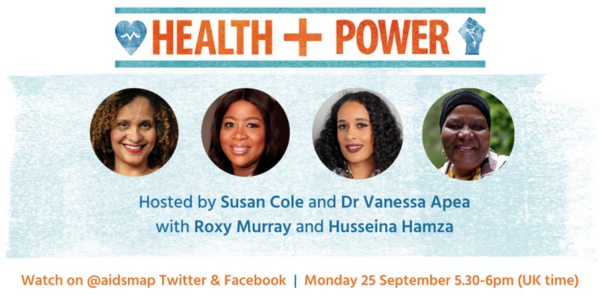Weight gain and HIV treatment

Starting HIV treatment improves health, suppresses HIV, and restores the immune system. Some people also put on weight when they start treatment. Increases in weight are particularly seen in women, Black people, people who had a higher body weight to begin with and people who had a low CD4 count or high viral load before starting treatment. Greater weight gain is seen in people who start treatment with a combination that contains the integrase inhibitors dolutegravir, bictegravir or elvitegravir, or tenofovir alafenamide (TAF) which is an NRTI.
But what about the long-term health consequences?
A new US study followed 2624 people for several years after starting HIV treatment with a variety of different HIV medications. Around a year after starting treatment, men had gained an average of 3.5kg and women had gained 4.2 kg. One in five participants had gained at least 10% in body weight.
After about nine years, participants had gained an average of 7.1 kg in weight and 45% of women and 38% of men had gained at least 10% in body weight compared to baseline. This is similar to long-term increases in weight seen in the general population in the US.
And, as in the general population, these weight increases were linked to various health problems.
People who had a 10% increase in weight in the first year of HIV treatment had double the long-term risk of developing diabetes (an effect particularly seen in men in this study). In total, 130 of the participants (6%) developed diabetes.
The same weight gain was tied to double the long-term risk of developing what doctors call ‘metabolic syndrome’. This is when someone has several linked health problems such as diabetes, high levels of glucose in the blood, abnormal cholesterol levels, high blood pressure and having an accumulation of fat around the waist. There were 360 participants (16%) who developed metabolic syndrome.
But there was no clear statistical link between weight gain and the subsequent risk of heart attack, stroke, or a clinical intervention for heart disease such as having a stent put in. This might be because, thankfully, there was a relatively small number of these events, which happened to 28 people (1% of those in the study). Participants’ average age at the start of the study was 38 and these kinds of problems tend to happen later in life.
Undetectable viral load and HIV transmission

With effective HIV treatment, a person's viral load can become so low that tests cannot detect any HIV or can only find a tiny trace. This is known as having an 'undetectable viral load'.
Having an undetectable viral load means that there is not enough of the virus to pass on HIV through sex. This is referred to as 'Undetectable equals Untransmittable' or U=U.
Find out more in our recently updated page.
Mpox

Cases of mpox (previously known as monkeypox) have declined dramatically since last year but do still occur. In the UK, there have been 50 cases during 2023. Despite these small numbers, vaccination still has benefits, including for people living with HIV, doctors say.
Researchers recently looked at the cases of over 4500 people who had mpox in California between May 2022 and May 2023, including about 40% who also have HIV. Most were gay and bisexual men.
A total of 250 people with mpox needed a hospital stay, including 140 people living with HIV. Most of these people (233) were unvaccinated. The researchers calculated that a single vaccine dose reduced the risk of hospitalisation by 73%, and two doses reduced the risk by 80%.
The researchers recommend that people who might be exposed to mpox, especially people living with HIV, make sure they have had two doses of the MVA-BN vaccine, which is sold as Imvanex in Europe and Jynneos in the US.
A second study also suggests that vaccination reduces the severity of disease – even when it has not prevented mpox infection. The study focused on 29 gay and bisexual men who got mpox despite vaccination, as well as seven men who got mpox for a second time. In most cases, past infection provides some immunity against a second infection, but like vaccination, the protection is not 100%. The men were in Europe, Latin America, North America, and Israel.
In the 2022 outbreak, a significant minority of people who had mpox had quite severe disease, for example requiring powerful pain medication or hospital treatment. But among this group of people, symptoms were less severe, there were fewer lesions and people seemed to recover more quickly. Only one man was hospitalised.
Having a baby when you are living with HIV

People living with HIV can give birth to HIV-negative babies, and advice for people with HIV is often the same as for anyone else considering pregnancy. However, some extra steps are necessary to reduce the likelihood of HIV being passed on.
In our updated page, read about conception, HIV treatment during pregnancy, testing your baby for HIV and feeding your baby.
Injectable HIV treatment

At the moment, when people talk about ‘injectable HIV treatment’ they are usually referring to the combination of cabotegravir and rilpivirine (marketed as Vocabria and Rekambys in Europe, and Cabuneva elsewhere). This has been approved by drug regulators in several high-income countries, including in Europe, North America, and east Asia. There is another drug called lenacapavir (Sunlenca) which only needs to be injected every six months. However, at the moment it needs to be paired with other medications which are only available as daily tablets.
No injectable HIV treatments are currently available in the global south. There’s a need for a low cost, injectable treatment that would be practical to use in the countries where the largest number of people with HIV live.
Scientists now say they have found a way to create a long-acting injectable form of the most commonly prescribed combination of antiretrovirals in the world – tenofovir disoproxil fumarate, lamivudine, and dolutegravir (TLD). Nineteen million people take TLD, and the daily pills can cost as little as $45 a year.
The researchers have combined two different types of compounds – those that are soluble in water and those that aren’t – into one formulation using a technique called drug-combination nanoparticle technology to make it possible to inject TLD.
So far, the injection has only been tested in a small number of animals. Much more research is needed to find out if the drug is safe and effective in humans – and if healthcare systems can be re-organised to provide the monthly injections.
Health & Power

In the September episode of Health & Power, our broadcast for people of colour focusing on health inequalities, NAM aidsmap's Susan Cole and Dr Vanessa Apea spoke with the Director of Red Ribbon Living Well CIC, Husseina Hamza, and podcast host and disability advocate, Roxy Murray.
Editors' picks from other sources
Iceland boss retracts HIV needle staff attack claim | BBC News
The boss of Iceland supermarkets has been forced to apologise and retract a claim that three staff contracted HIV as a result of needle attacks.
A shot prevents HIV, but those most in need struggle to access care | Washington Post
People in Washington D.C. who would most benefit from injectable PrEP to prevent HIV typically face more barriers to accessing it.
Yes, folks living with HIV, you should get that new COVID vaccine booster | TheBody
Maybe you’re wondering if folks living with HIV (perhaps including yourself) should get the new vaccine, even if you know it’s well established by now that people with HIV have been urged to get all prior COVID vaccines. Maybe you’re wondering if this new updated vaccine will interact badly with your HIV meds.
